bribrius
Been spending a lot of time on here!
- Joined
- Jan 12, 2014
- Messages
- 8,709
- Reaction score
- 1,311
- Can others edit my Photos
- Photos NOT OK to edit
good read, nice framesI think effects like this can work when used for a specific purpose and not done excessively. The term supposedly came from use of the technique in German (Deutsch) films in the '30s. It's been used in some of Orson Welles' movies.
Scroll down to see stills (by the way, 'Touch of Evil' is on Turner Classic tonight, so is 'The Lady from Shanghai' which has a cool funhouse mirror scene near the end, but that's getting OT...). Dutch angles and The Third Man plus film preservationist Grover Crisp The Lumi re Reader
Seems to work in this clip, gives a somewhat off balance feeling to the man being followed and near the end I think seems to make him seem closed in on.
Film Language Glossary - Canted Angle Dutch Angle




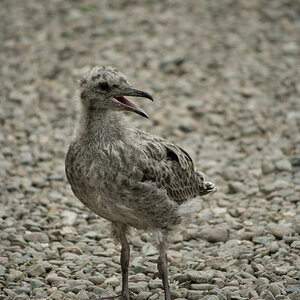
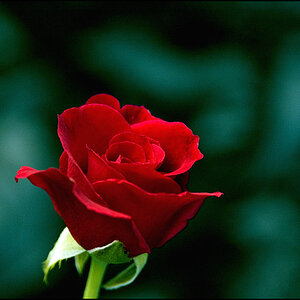
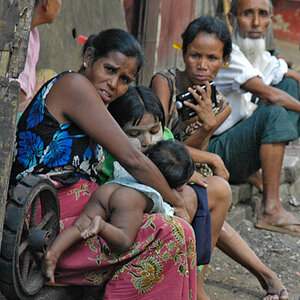
![[No title]](/data/xfmg/thumbnail/35/35213-19b5e1596f756d523bfde9446f21ca8a.jpg?1619736951)
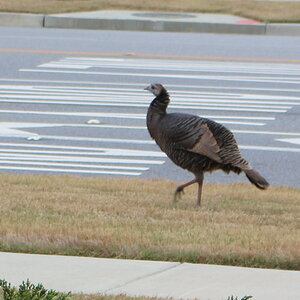

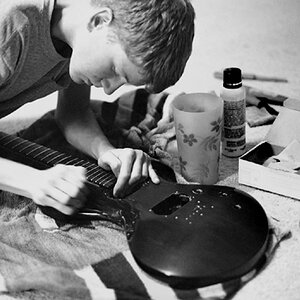
![[No title]](/data/xfmg/thumbnail/32/32708-c55da623febe9d91efe5f28aa54c3090.jpg?1619735612)
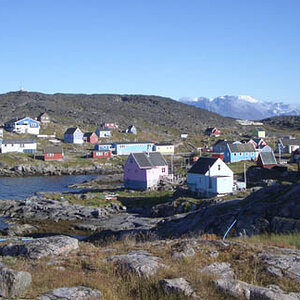
![[No title]](/data/xfmg/thumbnail/42/42255-14c14cc733bc4ab5cd38a6fa6783ece1.jpg?1619740064)
